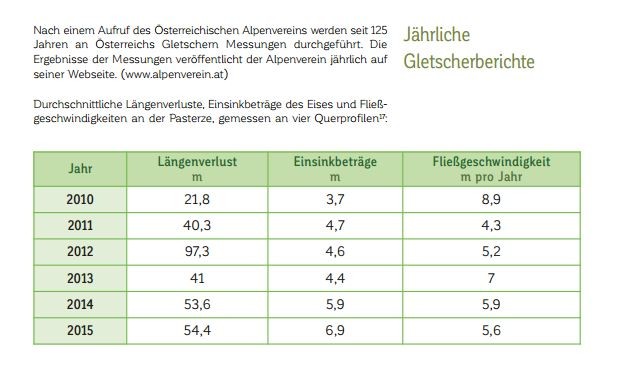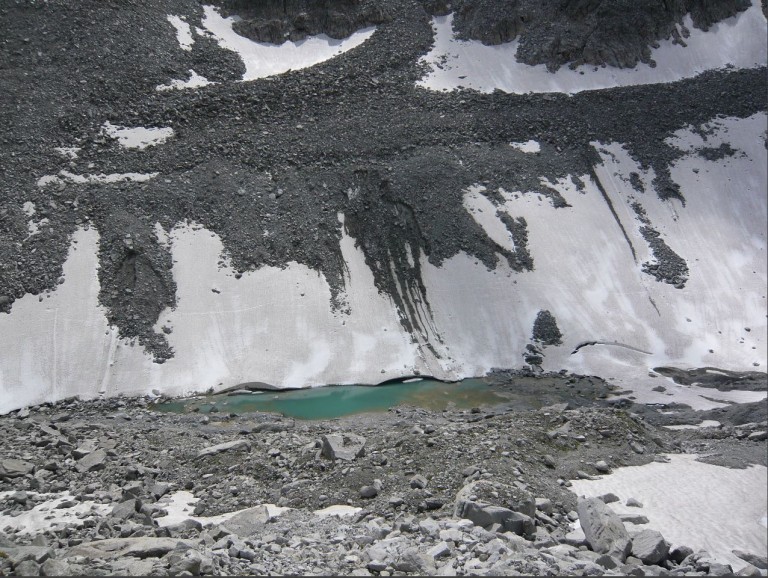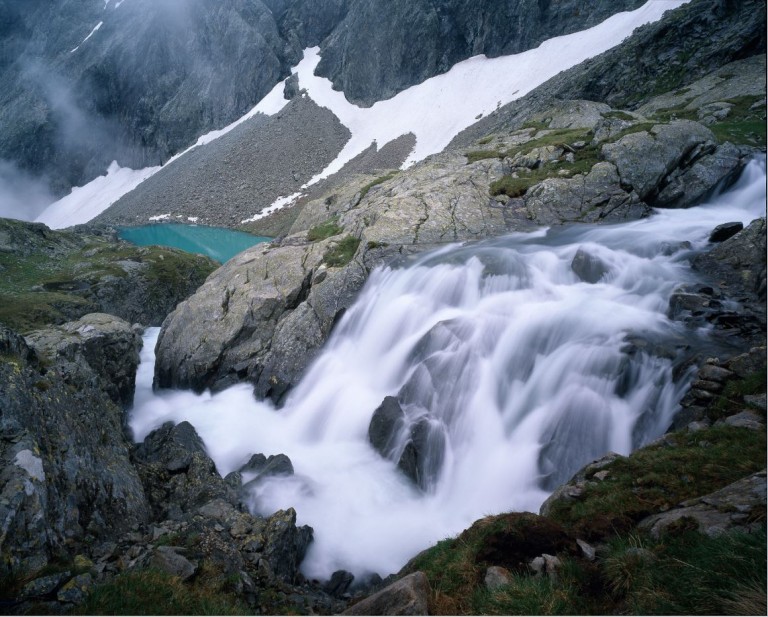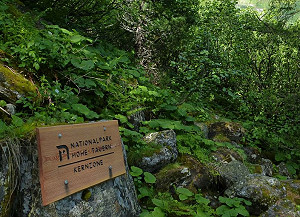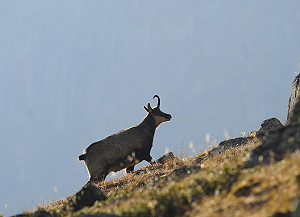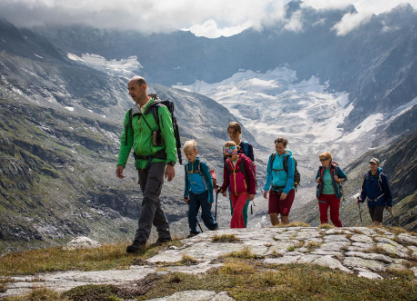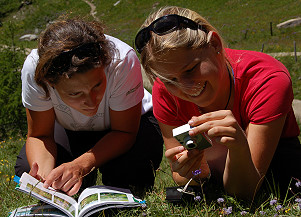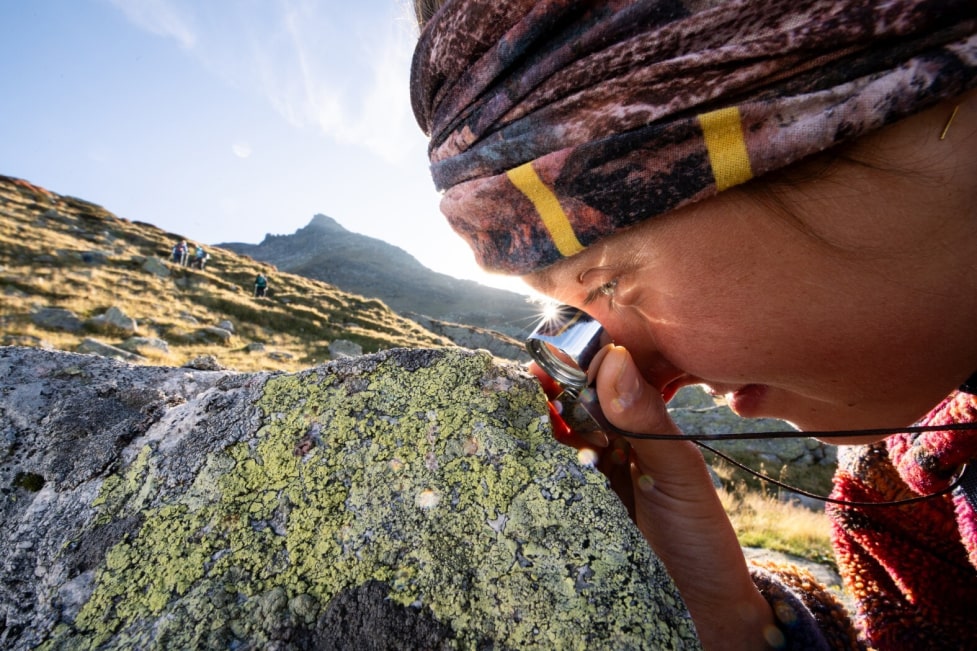Glaciers and water
The Hohe Tauern National Park is home to the largest glacial areas of the Eastern Alps and impressive waterfalls that are amongst the highest in the world.
Glaciers shape the landscape
The many large glaciers are a characteristic of the Hohe Tauern National Park. Many peaks are covered by snow and ice all year round. The glaciers have been shaping and changing the landscape for millennia. After all, there are 332 glaciers that account for about six percent of the national park area. And even though these ice surfaces are dwindling significantly at the hand of climate change, they remain something very special. The thawing glacier moraines are a proper primeval landscape that must first be repopulated by animals and plants.
National park history -
the formation of the Alps
The Tauern Window is an unusual geological feature:
You can view an exciting journey through the millennia of Earth's history.





